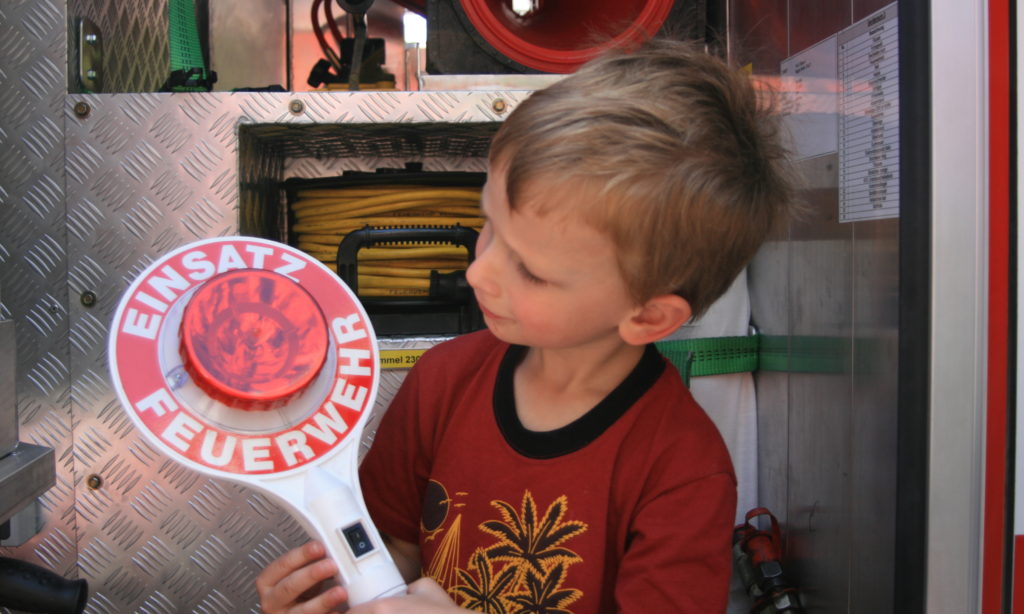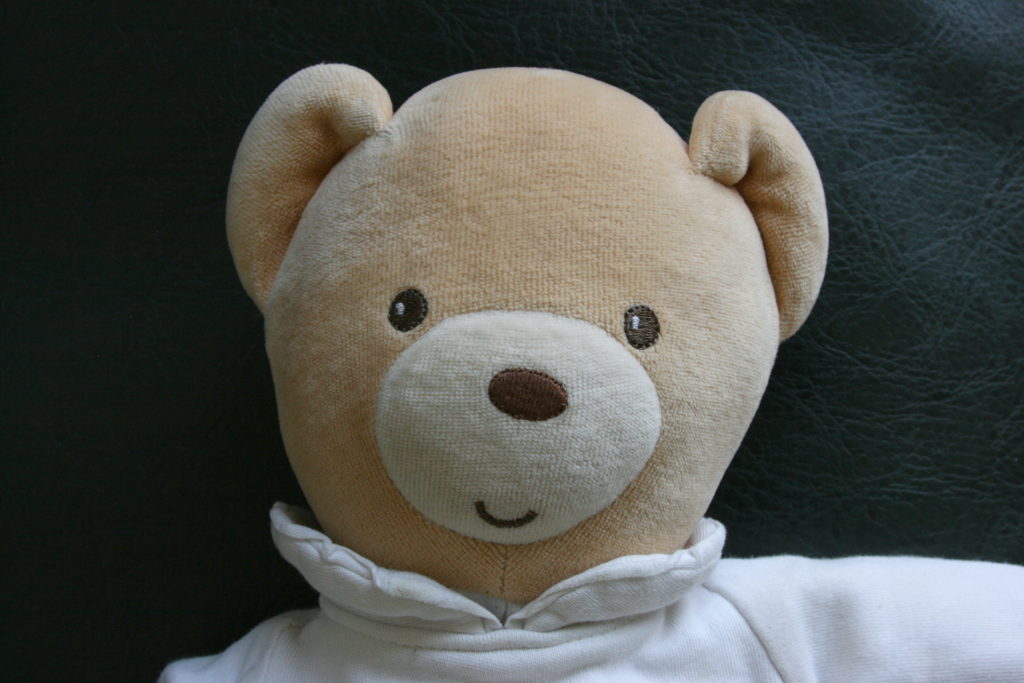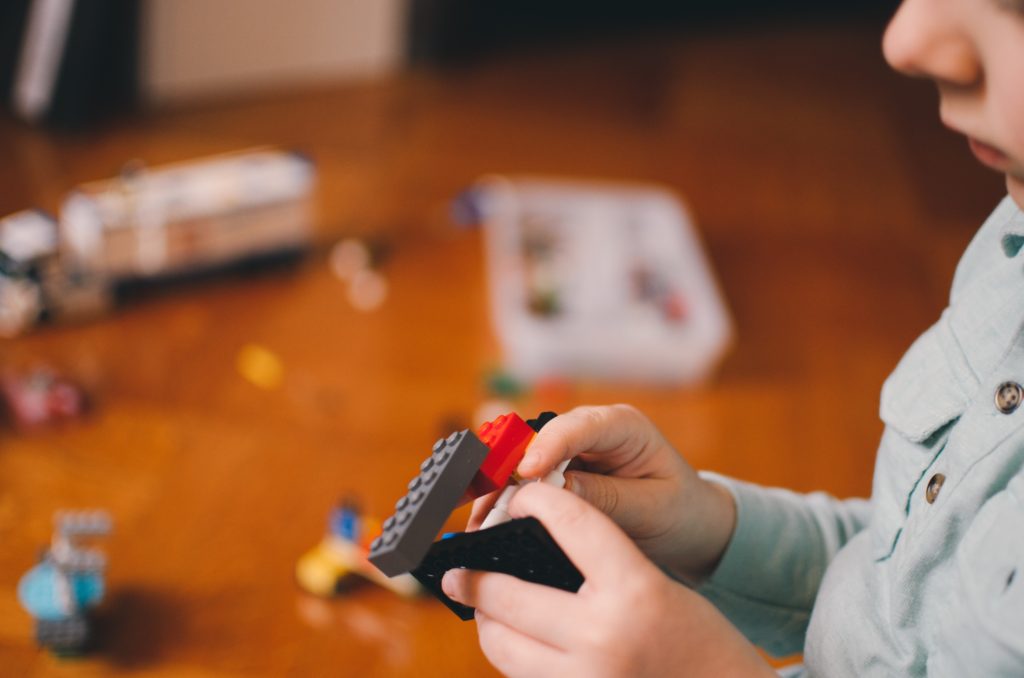These are the methods we used to prepare our child for the sabbatical. Every child is different and what worked for ours might or might not work to prepare your child. But this list might give you some ideas for how to prepare your child and communicating the changes about to happen to your little one.

Prepare your child early
You need to start to prepare your child for the sabbatical long before you take off. We talked about the trip we were going to take, how exciting it will be and how many wonderful adventures we will have. Since most kids have different ideas of what a wonderful adventure entails than adults it is important to phrase it in kid’s terms, like “We are going to Italy, they have the best ice cream in the world!” or “We are going to Mexico and the city isn’t far from the beach so we can all go and play in the sand whenever we want.”
A second important aspect, at least with our son but I suspect with most kids, was to reassure him that this was temporary and that we will be back and things would be just like before. It was important to give him that stability and assurance that he won’t have to say good-bye to his daycare teacher, his buddies here, his room, his toys, the garden or whatever else he valued, forever – just for a little bit. We told him that his toys would take a rest, the stuffed animals go into hibernation, his beloved daycare teacher would have a bit more time to play with the other kids but she would be all the more happy to see him again when we return. We talked about our renters and their family, told him that they are very happy to have the house for the time they we are gone and that they would take really good care of everything for us.
We also made the transition as painless for him as possible. When I cleaned our things out of the house to make room for the renters I left his toys and his playroom untouched for as long as possible so all would feel normal to him. His most beloved and used toys I only packed the day before we left, some even just the evening before after he went to sleep.
Take the must have toy

My son has a stuffed bear that he got from his grandma when he was literally a day old. He has had it ever since. Traveling anywhere without it was unthinkable; the bear traveled with us – everywhere! The bear was his companion and he was able to show and explain things to him. Through talking to the bear he made sense of the world, before during and long after the sabbatical. The bear got dirty, the bear was forgotten once in a hotel so my husband drove three hours to retrieve it, that bear has seen more than his fair share of the world.
The bear provided a lot of comfort to my son and without it I am not sure we would have had such a successful trip. Whether it’s a bear, a duck, or a blankie, you absolutely have to take that one favorite comfort item. What else I suggest you take for your kid can be found here.
Put it in Kid’s Terms
We also explained the whole process to his stuffed animals that didn’t come with us. He helped us with the explanations. This went something like: “Icy (his polar bear), we are going on a trip and while we are gone you can take a good long rest and when we get back we’ll all play with each other again”. This served two purposes:
1) he felt more in control of the process as he was now an active participant who explained everything to somebody else – the bear -and
2) this method gave him the opportunity to voice his concerns through the toy. The animal might reply to the explanation: “but what if you don’t come back, what are we going to do then? We will wake up from our long sleep and you aren’t there?” to which I then could reply: “but Icy, I promise we will come back. This is our home and we love it and this is were we live. So don’t you worry, we will come back and then the first thing we’ll do is wake you up from your sleep. Okay?”
Over time our son became the one to reassure the animals, not me, which showed me that he had understood and internalized the lessons I had been preaching.
Of course, for this method to work and not backfire you have to actually return to your place. If you are moving to a different place after your return this strategy is probably not a good one.
For us, however, this was a good way to manage the transition even with a child that – to this day – doesn’t exactly embrace change.
Prepare your Child for Transitions During Your Sabbatical
If you change locations during your sabbatical as we did you need to start to prepare your child for the new place before you actually get there. We talked about the house or apartment we were going to go next with our son well in advance and made it as concrete as possible. We explained to him how many rooms the house has and that he would have his own play room or area, that there was a pool, that it was close to town or near to a park – whatever we knew about the place. If we had pictures, we showed them to him. Anything special was pointed out and made a big deal of. In Merida we had a hammock that could be strung across the living room so we talked about how much fun it would be to lie in the hammock and swing.
We looked at the place on Google earth and tried to find out whether that building two doors down was a store or that green patch three blocks over was a park. This way he started being familiar with the place long before he got there with the added excitement of finding out – when we got there – whether we were right about the store or park.
We also made our temporary residence more personal by talking about the landlords. “This is Charlies’ and Ann’s house. They live there three months every per year and when they are not there they like for other people to be there to watch over it. We are going to be living in their house and will be careful not to break anything. You can help us by watering the plants in the garden” – or something along those lines. This way the house became real and personal and he started developing a sense of belonging and responsibility that helped him to deal with the change.
Provide a strong united front
Whatever disagreements we might have had about the destination, the travel, the accommodation, whatever question we had about safety, health etc were never, ever discussed them in front of our son. If I was anxious about malaria in India, my son is the last one who needs to know or sense this. My husband and I have made it point to discuss such issues only after he was asleep or at daycare. Kids hear a lot, misinterpret even more and and get scared when their parents fight or waver as this shows uncertainty. Whatever qualms, misgivings or questions you might have, settle them without your child in earshot. You don’t want even a trace of insecurity or panic fester inside your child and you certainly don’t want to have the “but Daddy said this is a bad idea because ….” discussion with your child.
Involve your Child

To prepare your child involve him or her in the planning process but only to a small and age-appropriate degree. A 4 year old can’t decide whether you should go to Uruguay or South Africa but they can decide whether they want to take bear or horsey, whether they want to have a little pillow for the plane whether they prefer to play with Lego, puzzles, or a set of animals, whether they want to take the red or green sweater, etc. Making small decisions help to get the child to be an active part of the planning and gives them pride in the part they play.
We felt that good preparation was extremely helpful. Our son dealt very well with the changes he was subjected to during our sabbatical although, and I have mentioned that before, is not normally one to enjoy change.
More on how to manage travel with a child is here.
